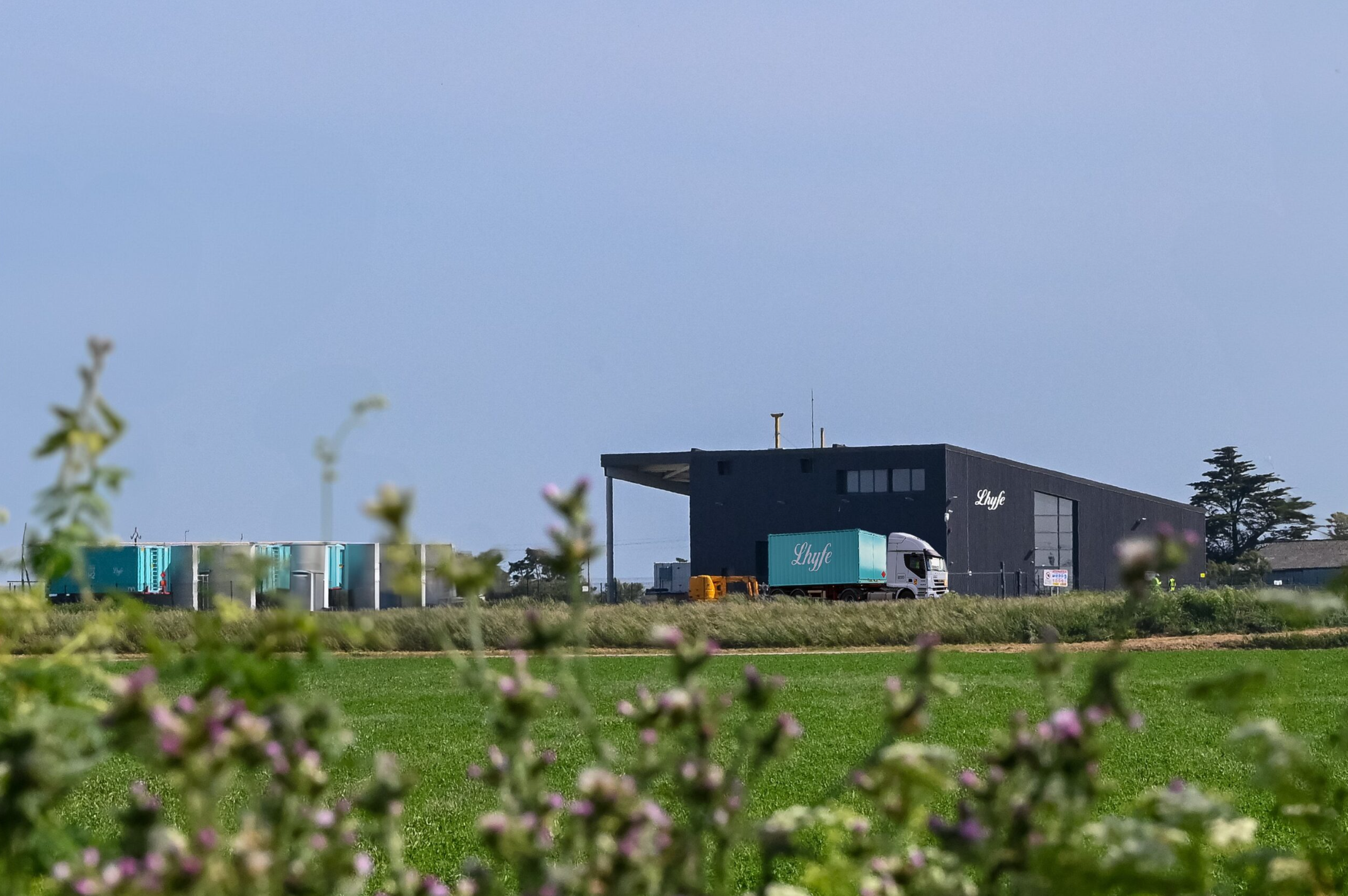Published the 20/10/2025

Why Hydrogen Matters in the Energy Transition
In this context, hydrogen offers several advantages. Hydrogen itself does not emit CO₂ or other pollutants when used — its only by-product is water. This is why it is called hydrogen (hydro = water / gene = produce). However, the environmental impact of hydrogen depends not on its use, but on how it is produced. Understanding this distinction is essential in the energy transition. Knowing the different types of hydrogen is therefore crucial for industries and decision-makers aiming to decarbonise effectively.
Carbon Footprints Vary Depending on How Hydrogen is Produced
Driving a hydrogen vehicle produces no CO₂, but it is important to consider how the hydrogen is produced. Production processes differ, as do the inputs and electricity used. Hydrogen can therefore be more or less clean depending on its production method.
The law now defines hydrogen categories more precisely: fossil-based hydrogen, low-carbon hydrogen, and renewable hydrogen.
Fossil-Based Hydrogen (High Emissions)
Fossil-based hydrogen is produced by one of the following processes:
- Steam methane reforming of natural gas
- Gasification of coal
- Electrolysis of water using fossil fuel electricity that does not meet the 70% reduction threshold
This type of hydrogen is the most carbon-intensive. Lifecycle emissions range between 10–14 kg CO₂ per kg H₂.
Low-carbon hydrogen
Low-carbon hydrogen includes hydrogen produced from fossil fuels with carbon capture, utilisation, and storage (CCUS), or hydrogen produced using electricity from a less carbon-intensive grid mix (for example, with nuclear generation).
Its lifecycle emissions vary, but it must meet European standards to qualify as low-carbon. Beyond that, hydrogen is considered as fossil.
Renewable hydrogen
Renewable hydrogen is produced from a process of electrolysis of water in direct connection with the production of renewable energies (wind, solar, hydro). This type of hydrogen has zero CO₂ emissions during production.
At Lhyfe, we produce renewable hydrogen either through direct connection or via long-term power purchase agreements (PPAs).
Hydrogen Colours Explained: Green, Blue, or Grey
In media, social networks, and popular discussion, hydrogen is often described by colours: green, blue, or grey. These labels are widely used, but the colours are informal, and the actual carbon emissions depend on production methods. Here’s a summary of the most common colour terms:
- Grey hydrogen – Produced from natural gas or coal using steam methane reforming or gasification without carbon capture.
- Blue hydrogen – Produced the same way as grey hydrogen, but with carbon capture, utilisation, and storage (CCUS) applied to reduce emissions.
- Finally, green hydrogen – produced via electrolysis powered by renewable electricity (wind, solar, hydro).
While these colour labels are convenient, they do not guarantee low emissions. At Lhyfe, we focus on the actual carbon footprint and traceability, producing hydrogen directly from renewable energy sources for fully verifiable decarbonisation.
How to Ensure You’re Using Renewable Hydrogen
The European Union has established a detailed certification scheme to track renewable and low-carbon hydrogen.
Lhyfe’s production sites are certified RFNBO, which represents the most stringent standard. This certification is issued by an independent certification body and allows guarantees of origin to be provided to consumers.
This certification ensures that our production meets the environmental and traceability criteria set by the EU, contributing to European goals for renewable energy integration and emission reduction. It also enables our clients to demonstrate the sustainability of the hydrogen they purchase and to access national and European support schemes currently being rolled out.